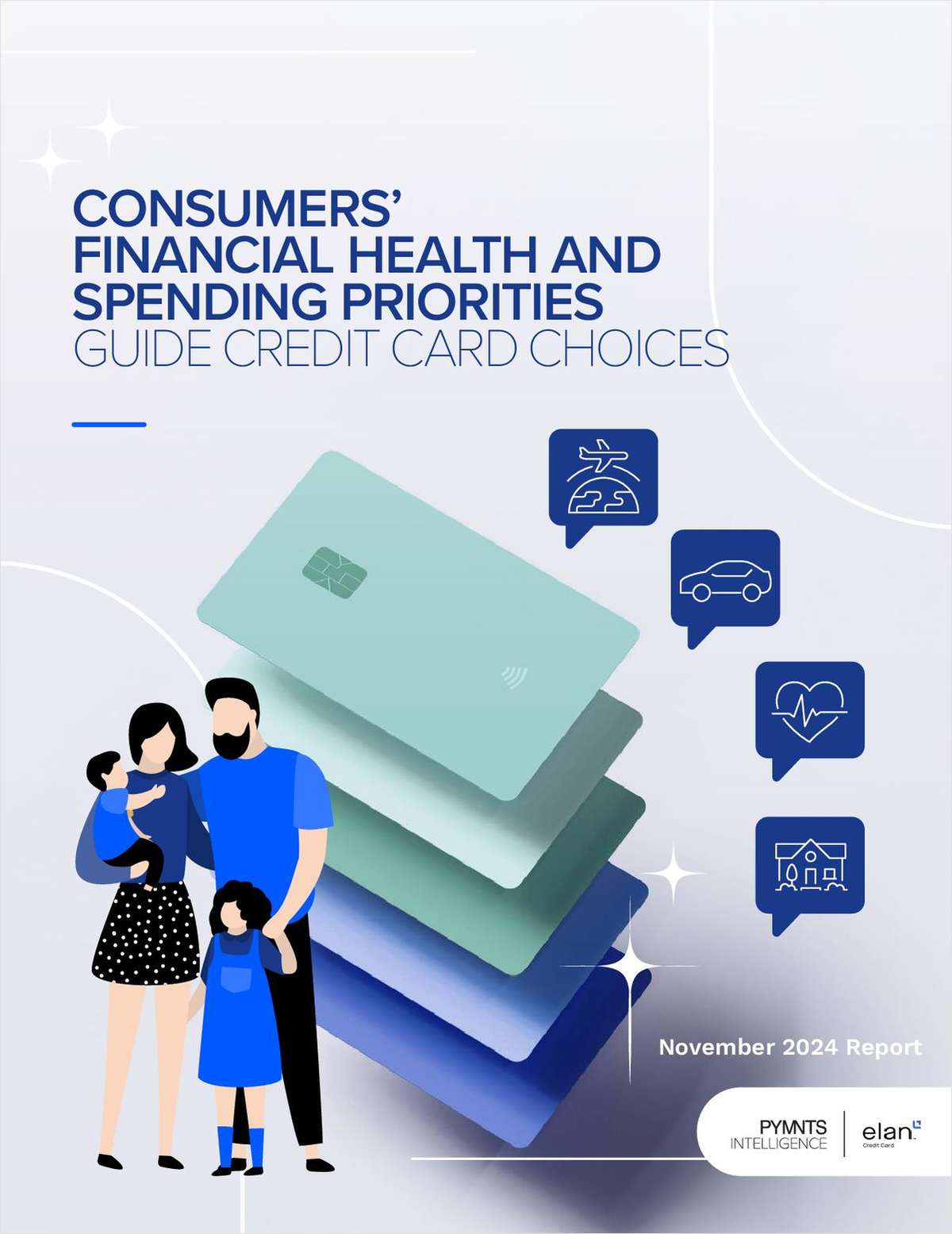 Source: Shutterstock.
Source: Shutterstock.
When Franklin D. Roosevelt addressed a group of credit union leaders in Georgia in 1929, he praised them for the moral character of their work and then told them about a local black farmer who couldn't get an affordable loan from a bank a few years earlier.
The tenant farmer had saved $100 for a down payment on a 40-acre plot selling for $400. Banks and individuals would not grant him a mortgage for less than 14% interest.
"At that time, money rates were low and about all you could get on good bonds or for a good mortgagee was around 5% or 6%," Roosevelt said in a speech covered by The New York Times.
Roosevelt and the farmer agreed to a mortgage at 6%. "I let him have the money and it is almost paid off now," he told members of the Credit Union League of Georgia.
That Roosevelt would address the issue of credit unions with a story that involved race in the South was no accident. Access to affordable credit was a key issue across the racial chasm, and in the coded language of the time, Roosevelt was making clear that his vision of fairness could cross racial lines.
Moreover, it proved to be no mere rhetorical gesture. Roosevelt was then governor of New York, and speaking five months before the stock market crash that would mark the beginning of the Great Depression. Its onset and his ability to build a broad and intense base of support allowed him to wrest the presidency from an incumbent in 1932, begin the first of four terms in 1933 and sign a national credit union bill a year later.
NCUA Board Chair Rodney Hood mentioned that bill's signing during a speech in Charlotte, N.C., in August at the conference of the African American Credit Union Coalition, which he noted was his first speech since taking office in March.
Hood said diversity and inclusion have been fundamental to the history and mission of credit unions. "From their beginning, credit unions were intended to serve people of modest means, who had been overlooked by traditional banks."
He added, "From their very beginning, credit unions have fostered greater financial inclusion and an opportunity for shared prosperity for all Americans."
The argument for pushing for more diversity and inclusion is also supported by demographic trends that are "changing around us vastly and rapidly," Hood said. "This is a time of seismic change."
Census projections show that non-Hispanic whites will become a minority by 2045, and by 2027, they will be a minority among those 18 to 29.
The non-Hispanic white population grew by almost none from 2010 to 2018, and is projected to decline in coming decades. Meanwhile, minority populations, especially Hispanics and Asians, are expected to grow significantly.
"We know the United States has experienced a period of rapid and unprecedented demographic transition," Hood said. "That transition presents both challenges and opportunities."
In fact, research by CUNA Mutual Group in Madison, Wis., found multi-cultural consumers account for 100% of U.S. population growth and 61% of credit union growth over the past five years.
Eric Hansing, CUNA Mutual's vice president for corporate strategy, said credit unions generally mirror the ethnic, racial and income profiles of the communities they serve. One gap is among Hispanics, where about 10% of credit union members are Hispanic compared with about 18% of the population.
But credit unions will have to keep up with rapid demographic changes.
"In every community all across the country, the communities that credit unions are operating in are becoming more diverse," he said. "It matters. Organizations that are thinking about the future are thinking about the implications of that."
To remain relevant in a changing marketplace, credit unions need to continue to serve diverse members and deepen their reach, Hansing said.
Low-Income Designated Credit Unions and Community Development Financial Institutions are programs that many credit unions use to reach more broadly into their communities, Samira Salem, a CUNA senior policy analyst, said.
"Credit unions have a long history of reaching and serving diverse and underserved populations," Salem said. "Reaching and serving diverse populations matters now more than ever because according to U.S. Census population forecasts the U.S. is becoming increasingly diverse."
Financial inclusion also matters because new congressional leadership as well as regulators have made clear it's a priority for them, Salem said.
One measure of diversity is the Federal Reserve's Survey of Consumer Finance for 2016, which showed that credit unions and banks each serve about 34% minorities.
"This is impressive because, unlike banks, credit unions must comply with field of membership rules," Salem said.
The data also shows credit unions serve more African Americans: 17% for credit unions, compared with 12.8% for banks and 13.4% for the U.S. population.
However, credit unions served only 6.8% Hispanics, compared with 10.5% for banks and 18.1% for the U.S population.
Salem completed a study this summer of how credit union and bank branch locations are related to diversity and inclusion. Her overarching question was: "What does that say about their priorities about members and serving members?"
Branches are expensive assets for financial institutions, and credit unions have far fewer of them than banks. "We know that place matters," she said.
Her finding: Community-chartered credit unions located a higher percentage of their branches in low-income areas, as well as in middle- and moderate-income areas, while banks tended to place a higher percentage of their branches in higher income areas.
Her study found that among community-chartered credit unions:
- 6.3% of branches were in low-income areas, compared with 5.3% of bank branches.
- 70.9% of branches were in middle- and moderate-income areas, compared with 65.9% of bank branches.
- 22.7% of branches were in upper-income areas, compared with 28.8% of bank branches.
One of the most detailed sets of data for diversity among lenders is collected under the Home Mortgage Disclosure Act. In 2017 it contained records for more than 5,000 lenders of all types, including 1,702 credit unions. Those credit unions granted nearly 1.2 million real estate loans from home equity lines of credit to investments in apartments.
CU Times analyzed 433,647 first-lien purchase mortgages made by 1,528 credit unions. These mortgages were narrowed to those for owner-occupied single-family homes, including manufactured housing – criteria selected to match national reports for all types of lenders. In all, the credit unions lent $101.3 billion, or $233,700 per mortgage, in an area where minorities accounted for 25% of the population. The analysis shows:
- 40% of credit union loans went to families making less than the median income for their metro area, compared with 30% for banks.
- 13% of credit union loans went to households making 100% to 120% of the median metro income, compared with 10% for banks.
- 47% of credit union loans went to households making 120% or more of the median income, compared with 60% of bank loans.
- 19% of credit union loans went to African Americans, Hispanics or other minorities, compared with 25% of bank loans.
A CUNA study of a broader set of HMDA data also found banks originated a higher percentage of mortgages to minorities than credit unions, but the difference was narrower: 20.3% for credit unions versus 21% for banks. Moreover, looking more closely at the data, it found credit unions originated a higher percentage of loans to blacks and Hispanics.
The study by Salem found credit unions granted 6.6% of mortgages to African Americans, compared with 5.2% for banks. Credit unions granted 7.9% of loans to Hispanics, compared with 7.3% for banks.
Salem said CUNA focused on community-chartered credit unions because they have no restrictions on where within their service area they will invest in placing a new branch.
"You don't locate, for example, in the Ford plant, because they're Ford employees," she said. "You actually choose a community to locate your branches in."
Complete your profile to continue reading and get FREE access to CUTimes.com, part of your ALM digital membership.
Your access to unlimited CUTimes.com content isn’t changing.
Once you are an ALM digital member, you’ll receive:
- Breaking credit union news and analysis, on-site and via our newsletters and custom alerts
- Weekly Shared Accounts podcast featuring exclusive interviews with industry leaders
- Educational webcasts, white papers, and ebooks from industry thought leaders
- Critical coverage of the commercial real estate and financial advisory markets on our other ALM sites, GlobeSt.com and ThinkAdvisor.com
Already have an account? Sign In Now
© 2025 ALM Global, LLC, All Rights Reserved. Request academic re-use from www.copyright.com. All other uses, submit a request to [email protected]. For more information visit Asset & Logo Licensing.








